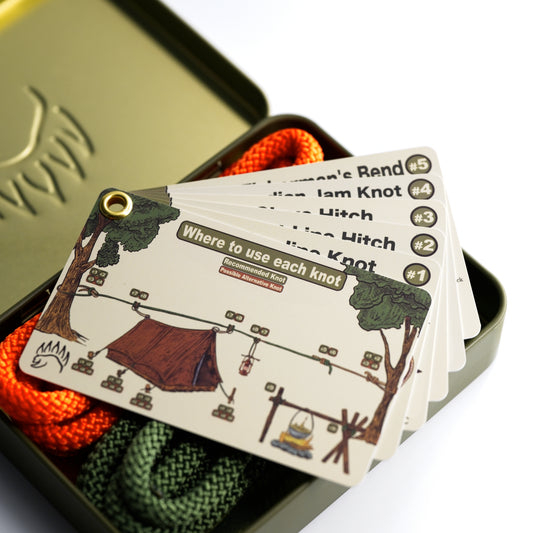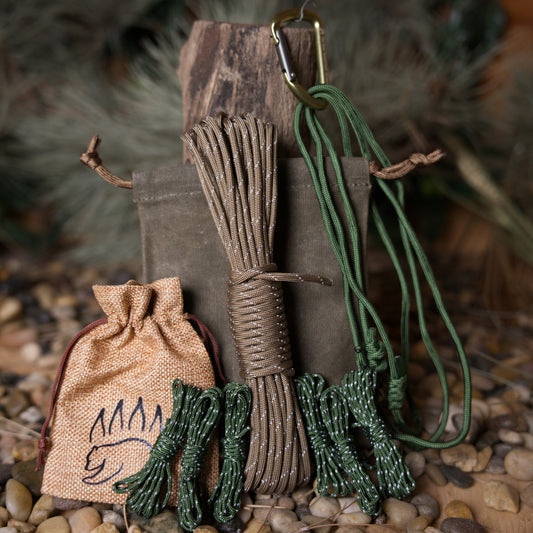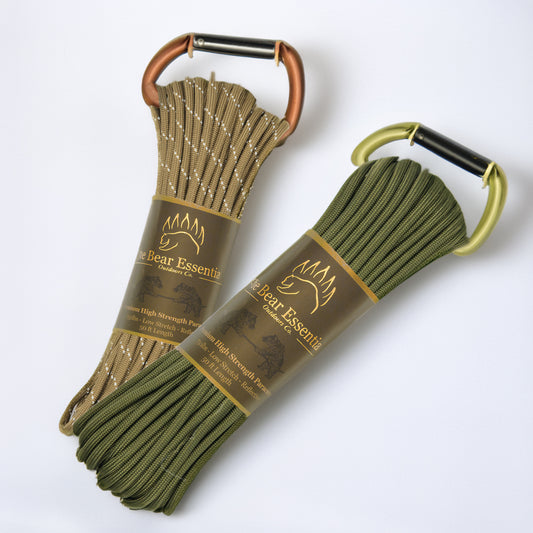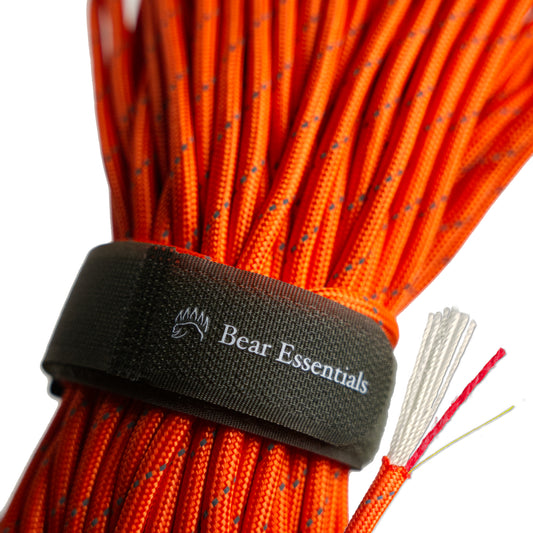How to Tie the Harness Bend
Usage
The Harness Bend is commonly used to join two ropes for creating slings or harnesses in boating, climbing, and utility tasks. Compared to the Double Fisherman’s Knot, it’s simpler and less prone to jamming, making it ideal for temporary connections. Its strength and ease of untying are valued, but it requires careful tightening to avoid slipping. This knot is a favorite for rigging and load-bearing setups. The main downside is its bulkiness with thick ropes.
Why Learn the Harness Bend?
Its reliable structure ensures strong rope connections. This knot is a go-to for anyone needing secure, temporary joins.
Common Uses
-
Boating/Marine:
- Joins ropes for mooring lines or temporary slings.
- Creates secure connections for rigging on boats.
-
Climbing:
- Forms slings for anchoring or harness systems.
- Links ropes for extending climbing setups.
-
Utility:
- Binds ropes for securing loads or equipment.
- Creates loops for household or outdoor rigging tasks.
ABOK Number
(Ashley Book of Knots)
Other Names
Category
|
Notable Features
- Strong hold: Maintains high strength for slings or harnesses.
- Easy to untie: Releases without jamming, even after load.
- Quick to tie: Forms fast with practice, ideal for field use.
- Versatile use: Suits boating, climbing, or utility rigging.
- Symmetrical design: Balances load evenly across both ropes.
Variations
No true variations listed in the provided data. For added security, you can add an extra tuck on each side, though this may increase bulk.
Similar Knots
Double Fisherman’s Knot vs. Harness Bend
- Pros: Stronger and more secure for permanent joins.
- Cons: Harder to untie and bulkier than the Harness Bend.
Zeppelin Bend vs. Harness Bend
- Pros: Easier to untie and less prone to jamming.
- Cons: Slightly more complex to tie than the Harness Bend.
History
The Harness Bend, referenced in The Ashley Book of Knots (#1474), likely originated in maritime and early climbing contexts where strong, temporary rope joins were needed for slings or harnesses. Its simplicity and reliability made it a practical choice for rigging and load-bearing tasks. Its continued use in boating and climbing highlights its effectiveness for secure, easy-to-untie connections.
Security Level
The Harness Bend provides reliable strength for joining ropes when tied correctly, holding firm under moderate to heavy loads in slings or harnesses. It performs best with ropes of similar diameter and proper tightening. For critical or permanent joins, a stronger knot like the Double Fisherman’s Knot may be preferred.
Downsides
- Bulkiness: Can be cumbersome with thick or stiff ropes.
- Slipping risk: May loosen if not tightened properly or with slick ropes.
Structure
- Lay the two rope ends parallel, pointing in opposite directions.
- Take one rope’s working end and form a loop over the other rope.
- Pass the second rope’s working end through the loop, mirroring the first rope’s path.
- Pull both standing lines to tighten, ensuring the loops interlock symmetrically.
- Test the knot by pulling to confirm it holds securely under load.
Pro Tip: Ensure the loops are tight and symmetrical to maximize strength. Use ropes of similar diameter for a balanced, secure bend.
FAQ
Is the Harness Bend strong enough for climbing slings?
Yes, it’s reliable for temporary slings, but test with strong ropes for safety.
What’s the best rope for the Harness Bend?
Nylon or polyester ropes of similar diameter, like 8-10mm, work well.
How does the Harness Bend compare to the Zeppelin Bend?
The Harness Bend is simpler but bulkier, while the Zeppelin is easier to untie.
Can the Harness Bend be used in boating?
Yes, it’s great for joining mooring lines or rigging slings.
Why choose the Harness Bend over a Double Fisherman’s Knot?
It’s quicker to tie and easier to untie, ideal for temporary joins.
Important Notes on Safety
Common failure points include loose loops or mismatched rope diameters, which can cause slipping. Always verify the knot is tight and secure before loading. Check ropes for wear or damage before tying. Ensure symmetrical tightening to balance the load. Practice in low-stakes settings to master the technique.







